What is a survival TV show? 🧐
It is a type of reality television program where participants are placed in challenging environments or situations with the primary goal of surviving or completing certain tasks. These shows often test participants’ physical, mental, and emotional limits. The appeal of such shows often lies in the unpredictability of nature, the resourcefulness and resilience of the participants, and the drama that arises from interpersonal dynamics.
Types 📢
Survival TV shows have become a popular sub-genre of reality television. They can be categorized based on their format, setting, and objectives. Here are some types of it:
| ☑️ Wilderness Survival Shows: | 🔶 Solo Survival: Shows where a single individual demonstrates survival techniques in various environments.
🔶 Paired Survival: Two individuals, often with contrasting survival philosophies, work together. |
| ☑️ Competition-Based Survival Shows: | 🔶 Group Dynamics: Participants are placed in a remote location and must work together while also competing in challenges. They often vote each other off until one remains.
🔶 Solo Survival Competition: Participants are isolated and must survive independently, with the last person remaining declared the winner. 🔶 Naked Survival Shows: Participants are stripped of all comforts, including clothing, and must survive in challenging environments. 🔶 Post-Apocalyptic Survival Shows: These shows simulate post-disaster scenarios where participants must rebuild society or survive against the odds. |
| ☑️ Specialized Environment Survival Shows: | 🔶 Desert: Shows focusing on survival in arid and hot conditions.
🔶 Arctic: Shows centered around cold and icy environments. 🔶 Island: Participants are stranded on an island. 🔶 Mountain: Survival in high-altitude or mountainous terrains. 🔶 Jungle: Shows that focus on dense forest and jungle survival. |
| ☑️ Primitive Living Shows: | 🔶 These shows emphasize living off the land without modern conveniences, often over extended periods. |
| ☑️ Survival Game Shows: | 🔶 These blend traditional game show elements with survival challenges. |
| ☑️ Homesteading and Off-Grid Living Shows: | 🔶 While not “survival” in the immediate sense, these shows focus on individuals or families living off the grid and being self-sufficient. |
| ☑️ Prepper Shows: | 🔶 These shows focus on individuals or groups preparing for potential future disasters or societal collapses. |
| ☑️ Adventure Races: | 🔶 Teams or individuals race across challenging terrains, facing survival-related challenges along the way. |
📌 These are just some categories, and many shows can fit into multiple categories or evolve. The appeal of these shows often lies in the combination of human drama, the unpredictability of nature, and the demonstration of survival skills and techniques.
Benefits 👍
Survival TV shows, beyond their entertainment value, offer several benefits to viewers and participants alike. Here are some of the advantages:
- ✳️ Viewers can learn basic survival techniques, such as how to start a fire, find water, or build a shelter.
- ✳️ Watching participants overcome challenges can inspire viewers to face their challenges with resilience.
- ✳️ Many shows emphasize the importance of working together and leading effectively in tough situations.
- ✳️ Beyond the potential for monetary or fame-related rewards, participants often speak of personal growth, increased self-confidence, and a deeper understanding of themselves and their capabilities.
How did this show get filmed? 🎥
Filming a TV survival challenge show involves a combination of careful planning, coordination, and sometimes improvisation to capture authentic moments while ensuring the safety of participants and crew. Here’s a general overview:
| 🟦 Conceptualization and Planning: Producers decide on the format, whether it’s competition-based, solo survival, or another type. Locations are chosen based on their challenging environments and visual appeal. Permission is obtained to film in these areas. |
| 🟦 Casting: Participants are chosen through auditions or invitations. They often undergo medical examinations and psychological evaluations to ensure they can handle the challenges. |
| 🟦 Training: Depending on the show, participants might receive training on basic survival skills, first aid, and handling potential dangers like wildlife encounters. |
| 🟦 Safety Precautions: A team is always on standby to intervene in emergencies. This might include medical personnel, wildlife experts, and rescue teams. Even in shows where participants seem isolated, there are often regular check-ins to ensure their safety. |
| 🟦 Filming: Depending on the show, a camera crew might follow participants or film from a distance to capture authentic moments without interference. In some shows, participants are given cameras to document their experiences, offering a first-person perspective. |
| 🟦 Post-Production: Hours of footage are edited down to create cohesive episodes. This process shapes the narrative and drama of the show. Narration might be added to provide context, and background information, or highlight specific survival techniques. |
| 🟦 Feedback and Review: Before airing, episodes might be reviewed to ensure they align with network standards and don’t contain sensitive or potentially harmful content. |
| 🟦 Promotion: Trailers, interviews, and other promotional materials are created and distributed to generate interest and viewership. |
❗ It’s worth noting that while many shows aim to present authentic experiences, there’s often a degree of production control to ensure participants’ safety and create engaging content for viewers. As with any reality TV, some events might be staged or edited in a way that amplifies drama or tension.
Best Survival TV Shows
1# Survivor Man
This TV show truly stands out in the realm of survival programs. Hosted by the multifaceted Canadian filmmaker and survival aficionado, Les Stroud, this show offers a raw and unfiltered look into the challenges of surviving in the wilderness. What sets it apart is authenticity. Unlike many other shows in the genre, Stroud embarks on these journeys with minimal provisions – often just the bare essentials like a bit of food, water, or basic equipment. And here’s the kicker: he’s out there for up to ten days, completely on his own. The first three seasons saw him braving the elements for seven days, but this was extended to ten days in the subsequent two seasons. This show offers a genuine and immersive experience of the world of survival. It’s not just about the thrill of the challenge, but also the human spirit’s capacity to endure and adapt. Les Stroud’s passion and expertise shine through, making it a must-watch for anyone intrigued by the raw beauty and challenges of the great outdoors.
2# Dual Survival
Our team recently took a deep dive into this show, a captivating reality series from the Discovery Channel. The program’s premise is intriguing: it pairs two survival experts, each with their unique approach and background, and places them in challenging environments to navigate survival scenarios. In its initial seasons, viewers were treated to the contrasting survival philosophies of Cody Lundin, a passionate naturalist with expertise in primitive skills from the Aboriginal Living Skills School in Arizona, and Dave Canterbury, whose military training and teachings from the Pathfinder Training School in Ohio added a tactical edge to the show. Their dynamic was both educational and entertaining. The changing dynamics offer fresh perspectives and techniques, but it also means viewers might need to adjust to new personalities regularly. Regardless, the show’s commitment to showcasing diverse survival philosophies in some of the world’s most challenging terrains remains its core appeal.
3# Naked and Afraid
Do you want to see a spin-off of the original Naked and Afraid series on the Discovery Channel? Look at this show! Its iteration takes the survival challenge to the next level, pushing participants to endure a grueling 40-day stint in the wilderness, a significant jump from the original’s 21 days. What immediately stands out is the sheer rawness of the challenge. Participants are stripped of all comforts, including clothing, and are permitted to bring only one or two essential items of their choice. The rest? They’re left to their own devices, relying on their skills to hunt, trap, and forage for sustenance, and craft shelters from whatever nature provides. Participants have the freedom to tap out at any point, a testament to the show’s respect for individual limits. The ultimate goal is not just survival, but also reaching a predetermined extraction point, marking their ability to endure and navigate challenging terrains. This show offers a raw, unfiltered exploration of human endurance. It’s a testament to the indomitable human spirit and the lengths one can go to when pushed to the limits.
4# Out of the Wild: The Alaska Experiment
Initially introduced as The Alaska Experiment, the show offers a gripping journey of volunteers, primarily from urban settings, as they navigate the rugged terrains of Alaska’s backcountry. Their challenge? To employ survival skills during the region’s harsh fall and winter seasons. The series underwent a notable transformation in its third season, transporting the adventure from the chilling landscapes of Alaska to the contrasting, tropical environment of Venezuela. Yet, the essence remained consistent with the previous season’s format. It’s worth mentioning the change in production hands over the seasons. The inaugural season was crafted by Ricochet, while the subsequent seasons were brought to life by Pilgrim Films. Based on our experience, this show offers a profound exploration of human adaptability and resilience. It’s a testament to the spirit of adventure and the innate human drive to survive against the odds. Whether in the icy expanses of Alaska or the dense forests of Venezuela, the series beautifully captures the journey of ordinary individuals confronting extraordinary challenges.
5# Alone
Our team recently immersed ourselves in Alone, a gripping survival competition showcased on the History Channel. The essence of the show lies in its raw portrayal of survival, where individuals, or in the case of season 4, paired teams, navigate the challenges of the wilderness with minimal equipment. The participants’ journey is self-documented, offering an intimate look into their daily trials and tribulations. Apart from occasional medical check-ins, these brave souls are truly isolated, emphasizing the show’s title. The stakes? The last person standing claims a hefty prize, which saw a commendable increase to $1 million in the seventh season. What adds depth to the series is its diverse filming locations. From the rugged terrains of northern Vancouver Island and the expansive landscapes of Patagonia to the remote stretches of Northern Mongolia, the show pays homage to some of the world’s most untouched regions. This show is more than just a survival competition. It’s a testament to human resilience, the profound connection between man and nature, and the lengths individuals will go to when pushed to their limits. The show beautifully captures the spirit of adventure and the raw emotions that come with solitude and survival.
6# Man Woman Wild
It is a reality series that graced the Discovery Channel for two seasons between July 2010 and January 2012. At its core, the show chronicles the adventures of Mykel Hawke, a seasoned US Army Special Forces survival expert, and his wife, Ruth England, a television journalist. Together, they navigate challenging terrains across the globe, armed with limited supplies and a determination to survive for half a week. What sets this series apart is its educational bent. Viewers witness Hawke imparting essential survival wisdom to England, from crafting fire without the convenience of matches to sourcing and purifying water in the wild. Based on our observations the show doesn’t shy away from the grittier aspects of survival either, delving into unconventional food sources like insects and wild flora. Safety, however, was paramount. A dedicated emergency crew was always on standby – a fact underscored when England faced a severe bout of heat exhaustion in a Mexican desert during the first season. This show offers a blend of survival challenges and relationship dynamics, set against the backdrop of the world’s most unforgiving landscapes. It’s a journey of resilience, learning, and partnership, beautifully captured over its two-season run.
7# Doomsday Preppers
The show offers a deep dive into the world of survivalists, often referred to as “preppers”, who are gearing up for potential scenarios that could spell the end of our societal structures. These scenarios range from economic downturns and societal upheavals to threats like electromagnetic pulses. A standout feature of the series is the involvement of Practical Preppers, a consulting firm that evaluates the robustness of each prepper’s preparations. Their expert insights not only grade the readiness of the participants but also offer constructive feedback to enhance their survival strategies. It is more than just a reality show. It’s a window into a subculture driven by the need to be prepared, and it challenges viewers to reflect on their readiness for unforeseen challenges. The series seamlessly blends entertainment with education, making it a compelling watch for those curious about the world of prepping.
8# Surviving Disaster
Guided by the experienced hand of former Navy Seal, Cade Courtley, each episode thrusts viewers into the midst of a worst-case scenario, offering insights on how to navigate and survive these dire situations. Throughout the series, Courtley collaborates with a group of participants, guiding them through the intricacies of the disaster at hand. What stands out is the show’s commitment to authenticity, as it not only presents hypothetical situations but also incorporates insights from experts and testimonials from individuals who’ve faced similar ordeals in real life. While the series offers a wealth of survival strategies, it also underscores the unpredictability of human behavior. There are moments when participants, driven by panic or impulse, deviate from Courtley’s guidance, adding an element of realism and emphasizing the challenges of disaster management.
9# Ultimate Survival Alaska
Produced by the talented team at Brian Catalina Productions, the show offers a raw and unfiltered look into the challenges of surviving the Alaskan wilderness. Throughout the series, a diverse group of survivalists is airlifted into Alaska’s vast and unpredictable landscapes. These brave men and women then engage in a series of races, battling not only each other but also the elements, from treacherous weather conditions to potential encounters with wildlife. While the premise is undeniably thrilling, it’s the genuine struggles, camaraderie, and determination of the participants that truly captivate the audience. According to our experience, despite its engaging content and production value, the series concluded after its third season. For those seeking a blend of adventure, competition, and raw human spirit, this show offers a compelling journey into the heart of one of the world’s most challenging terrains.
10# Running Wild with Bear Grylls
Want to embark on a virtual adventure? This reality series showcases the renowned survivalist, Bear Grylls, as he takes various celebrities on exhilarating wilderness expeditions. Each episode offers a fresh dynamic as Grylls is joined by a new celebrity guest, making for a blend of survival challenges and engaging conversations. The show’s first season saw big names like Zac Efron, Channing Tatum, and Ben Stiller, while the subsequent season boasted appearances from the likes of Kate Winslet and even then-President Obama. The series has evolved over the years, with its fifth season making a shift to the National Geographic channel and a rebranding in its seventh season. For those seeking a mix of adventure, celebrity insights, and survival techniques, this series offers a unique and thrilling experience, all under the expert guidance of Bear Grylls.
Rules and items you need to take 📝
Survival TV shows often have a set of rules that participants must follow to ensure safety, fairness, and adherence to the show’s format. While the specific rules can vary depending on the show, here are some general rules that are commonly found:
➡️ General Rules:
| ⚡ No Contact with the Outside World: Participants are often prohibited from contacting anyone outside of the show, including family or friends unless it’s part of the show’s format. |
| ⚡ Stay Within Designated Areas: For safety and production reasons, participants might be given boundaries within which they must stay. |
| ⚡ No Smuggling: Participants are usually searched or monitored to ensure they don’t bring unauthorized items. |
| ⚡ Follow Safety Protocols: This can include avoiding certain areas known for dangerous wildlife, not consuming questionable food or water without proper preparation, and adhering to guidelines provided by the show’s safety team. |
| ⚡ Medical Check-ins: Participants might be required to undergo regular medical check-ins to ensure their well-being. |
| ⚡ No Interference with Wildlife: This rule ensures the ethical treatment of animals and also reduces risks associated with wildlife encounters. |
| ⚡ Respect Fellow Participants: Physical violence, harassment, or other forms of misconduct are typically grounds for removal from the show. |
| ⚡ Abide by Evacuation Orders: If the production team deems a situation too dangerous, participants must comply with evacuation orders. |
| ⚡ Use Provided Equipment Only: In some shows, participants are given specific tools or equipment, and they’re not allowed to use anything outside of what’s provided. |
| ⚡ No Quitting (Unless Medically Necessary): While participants can typically tap out if they feel they cannot continue, doing so might mean they’re out of the competition or challenge. |
➡️ Items You Might Need to Take:
The specific items participants can bring often depend on the show’s format and the environment. However, there’s a general list of items that might be considered essential for survival scenarios:
- 🧩 Knife: A versatile tool for cutting, building shelter, and preparing food.
- 🧩 Firestarter: This could be a Ferro rod, waterproof matches, or a flint striker.
- 🧩 Pot or Container: For boiling water and cooking.
- 🧩 Fishing Line and Hooks: For catching fish.
- 🧩 Tarp or Shelter Material: For protection against the elements.
- 🧩 Paracord or Rope: Useful for building shelters, setting traps, or climbing.
- 🧩 Water Purification: This could be tablets, a filter, or a portable purifier.
- 🧩 First Aid Kit: Basic supplies for treating injuries.
- 🧩 Compass: For navigation.
- 🧩 Signaling Device: This could be a whistle, mirror, or flare.
🚩 Remember, the allowed items can vary greatly depending on the show. Always refer to the specific show’s guidelines for accurate information.
FAQ😎
Conclusion 😉
Survival TV shows have captivated audiences worldwide, offering a blend of entertainment, education, and the raw thrill of nature’s unpredictability. These programs not only showcase the resilience and adaptability of the human spirit but also highlight the profound beauty and challenges of the natural world. Whether you’re an outdoor enthusiast, an armchair adventurer, or someone seeking survival knowledge, there’s a show out there that’s sure to resonate with your interests.🙂❤️🔥
Affiliate Disclosure: Rotorm.com sometimes gets paid for listings, through sponsors or affiliate programs like Amazon, Optics Planet, Lucky Gunner, Brownells, Cabelas, Rainier Arms, 5.11 Tactical, Bass Pro Shop, etс. Clicking a link helps keep Rotorm.com free, at no extra cost to you!
About the author: Each article on our site is written by experts in survival and tactical equipment, gun enthusiasts, extreme travelers, military, law enforcement and desperate professionals, read about the author at the bottom of the article or visit "About Us" page.
Note: The views and opinions expressed in this article are those of the authors and do not necessarily reflect the official policy or position of any agency.


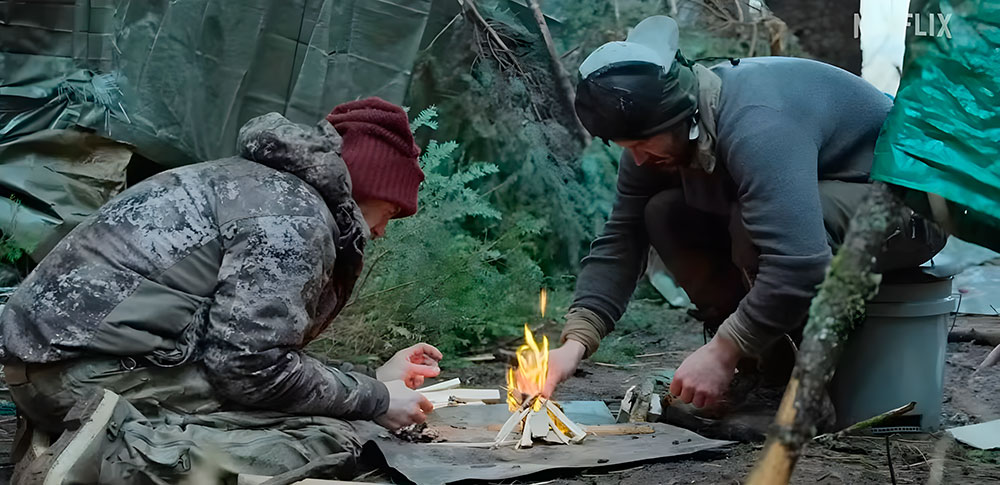

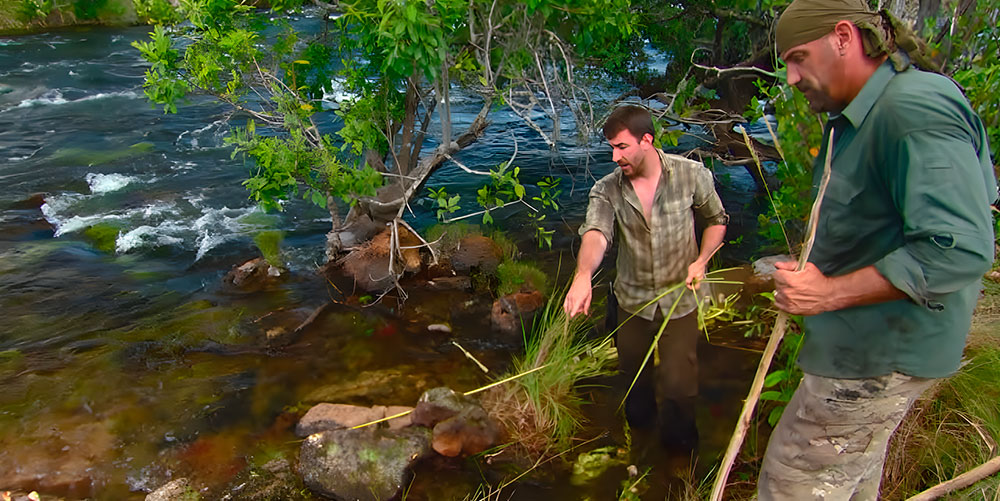


















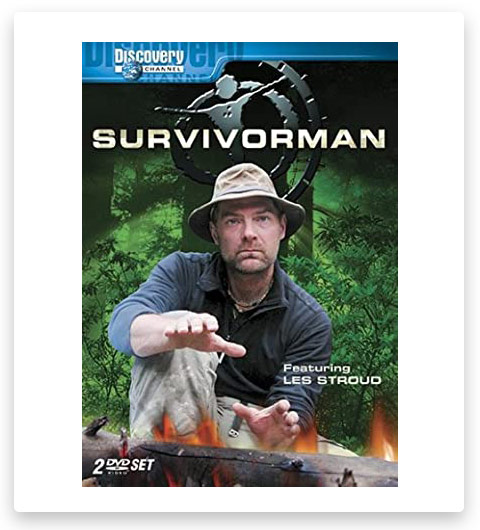
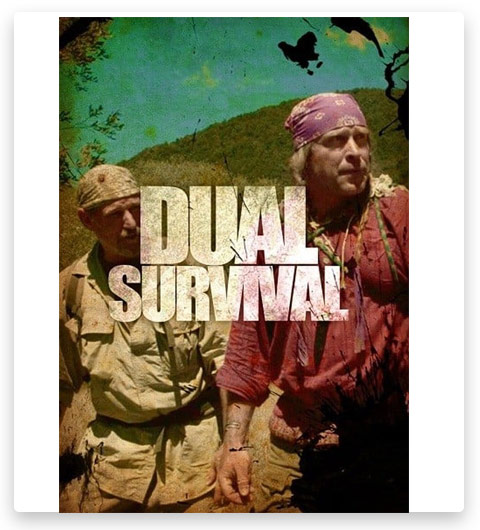

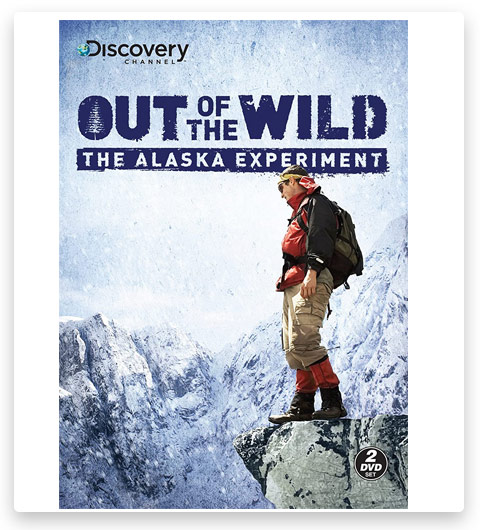

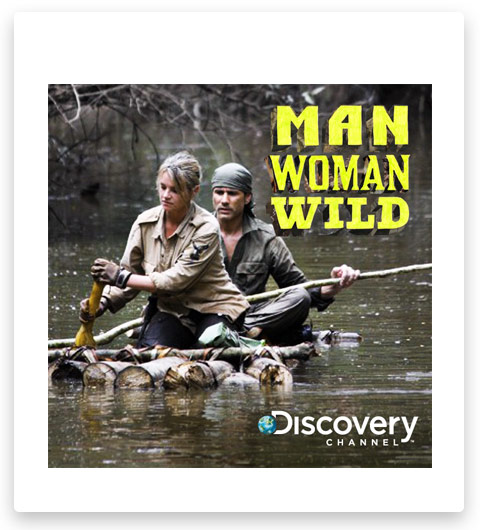

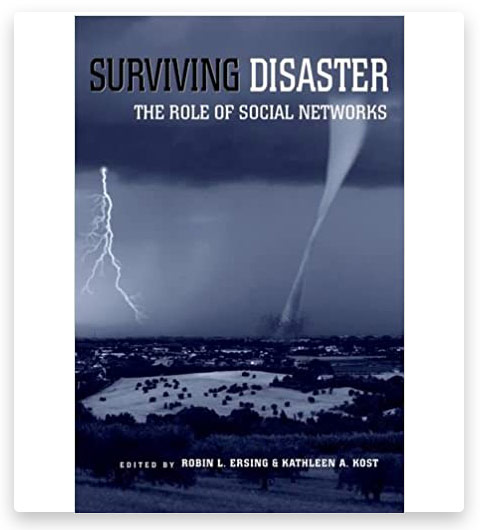
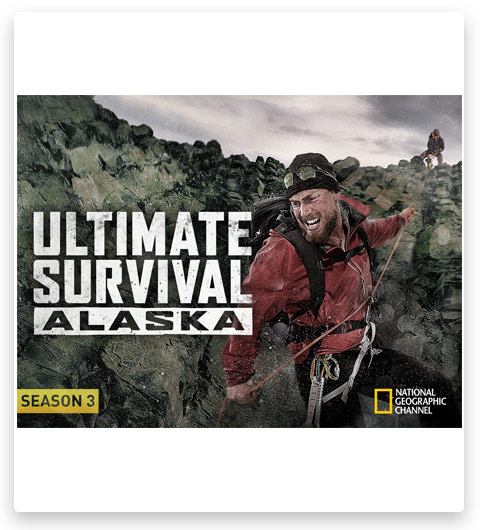
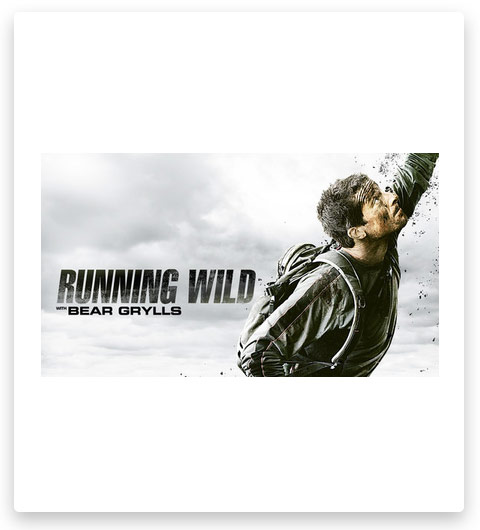

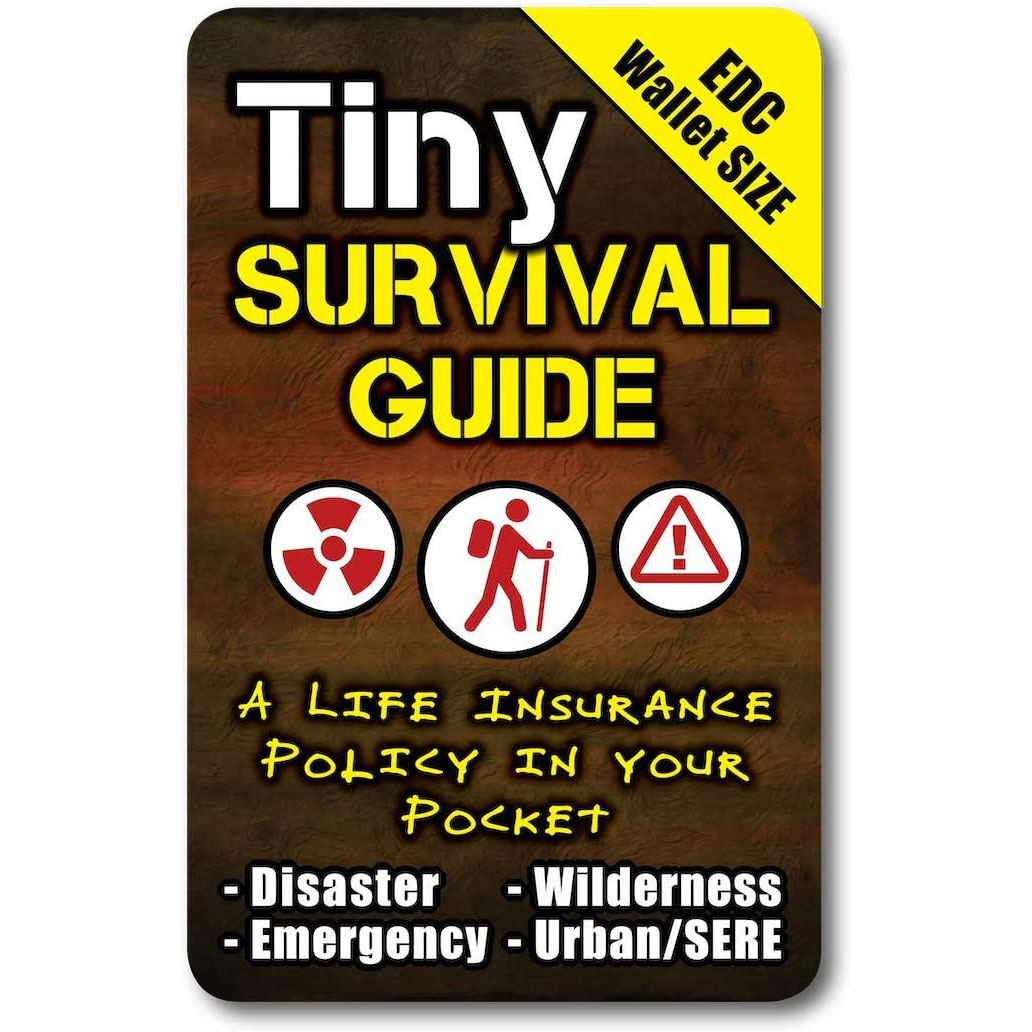
What is the best survival show?
I’ve always admired “Naked and Afraid” for its unique approach, but “Alone” truly pushes trained survivalists to their limits. The participants have minimal supplies and face the daunting challenge of raw isolation without any indication of how they’re faring compared to others. Episodes where the show intervenes, pulling out a contestant who’s dangerously underweight, are particularly impactful. They highlight the sheer determination of the individual, even when they can’t continue. However, the episode with the contestant who discovered an entire boat remains my top favorite.
I once enjoyed “Naked and Afraid”, but after a while, each episode felt like watching someone merely starve for a certain number of days. It’s seldom that I see genuine skills being showcased. Instead, it feels more like a countdown, especially knowing assistance is readily available and there’s a fixed duration to endure.
I’ll always hold “Survivorman” in the highest regard. The fact that he would undertake something as risky as a dangerous climb three times just to capture the perfect shot says a lot to me.
I’m curious about the most authentic survival TV shows out there. Are there any suggestions?
In my opinion, “Survivorman” tops the list. However, when it comes to “reality” shows, “Naked and Afraid” and “Alone” come closest. While participants genuinely experience everything shown, the editing tends to amplify the drama.
In many of the shows I’ve watched, it’s clear to me that participants don’t spend the night in the shelters they construct. To me, that’s not realistic. If they aren’t consistently mentioning their sleep deprivation or discussing the challenges of the night, I’m inclined to believe they didn’t truly spend it in a makeshift shelter.
I find “Dual Survival” both entertaining and educational, especially since it showcases two often contrasting survival approaches. I’ve genuinely enjoyed watching that series.
There’s a peculiar aspect of these shows that always catches my attention: the apparent limited discussion or education about “knives”. Any seasoned survivalist would vouch for the fact that a high-quality knife is among the most crucial tools in a survival situation. Two things about these TV shows genuinely irk me. Firstly, there seems to be a deliberate attempt to either obscure or not showcase the specific types of knives being used. Secondly, the hosts aren’t allowed to delve into details about their knife gear or its appropriate usage, which I find quite odd.
✍️ Survival TV shows often limit the display or detailed discussion of knives for several reasons:
🔵 Sponsorship and Product Placement: If a show is sponsored or has partnerships with certain brands, they might not want to showcase a competitor’s product. Alternatively, if they aren’t getting paid by a knife brand, they might not want to give free advertising by showcasing a particular knife.
🔵 Avoiding Endorsement: Presenting a specific knife might seem like an endorsement, which can be problematic if viewers buy that knife and have a negative experience or, worse, injure themselves.
🔵 General Audience Appeal: These shows are designed for a broad audience, not just survival enthusiasts. Delving too deeply into the specifics of gear might alienate viewers who are more interested in the human drama or the broader survival techniques.
🔵 Safety Concerns: By not focusing too much on knives, the show might be trying to discourage untrained viewers from attempting potentially dangerous knife-related activities.
🔵 Editing for Time: TV shows have limited time, and editors might prioritize content that is more dramatic or central to the episode’s narrative over detailed discussions about equipment.
🔵 Maintaining Authenticity: Overemphasizing brand-name gear might detract from the “raw” and “authentic” feel that many survival shows aim for.
❗ While these are potential reasons, the exact rationale can vary based on the show’s producers, network policies, and other behind-the-scenes factors.
I’m a fan of “Dual Survival” and have seen a majority of its episodes. From my perspective, they don’t particularly “hide” or downplay knife usage. Just the other day, I rewatched an episode where Joe takes down a tigerfish with his fixed blade, and it was quite intense. While “Dual Survival” might not highlight knife use as prominently as some enthusiasts might prefer, in my opinion, it does portray a realistic use of edged tools.
If a host from a survival show ever openly discussed their preferred knife brand, I’d be skeptical. Given that it’s a TV show, I’d suspect they might be getting paid for the endorsement. “Dual Survival” has always been my top pick among survival shows. From what I’ve observed, the duo on “Dual Survival” has demonstrated more about knife techniques and care than any other show hosts. I remember Dave teaching how to “pop a chunk” with a machete, and there was an instance where Cody borrowed Dave’s knife because his own didn’t have the right spine for sparking fire steel.